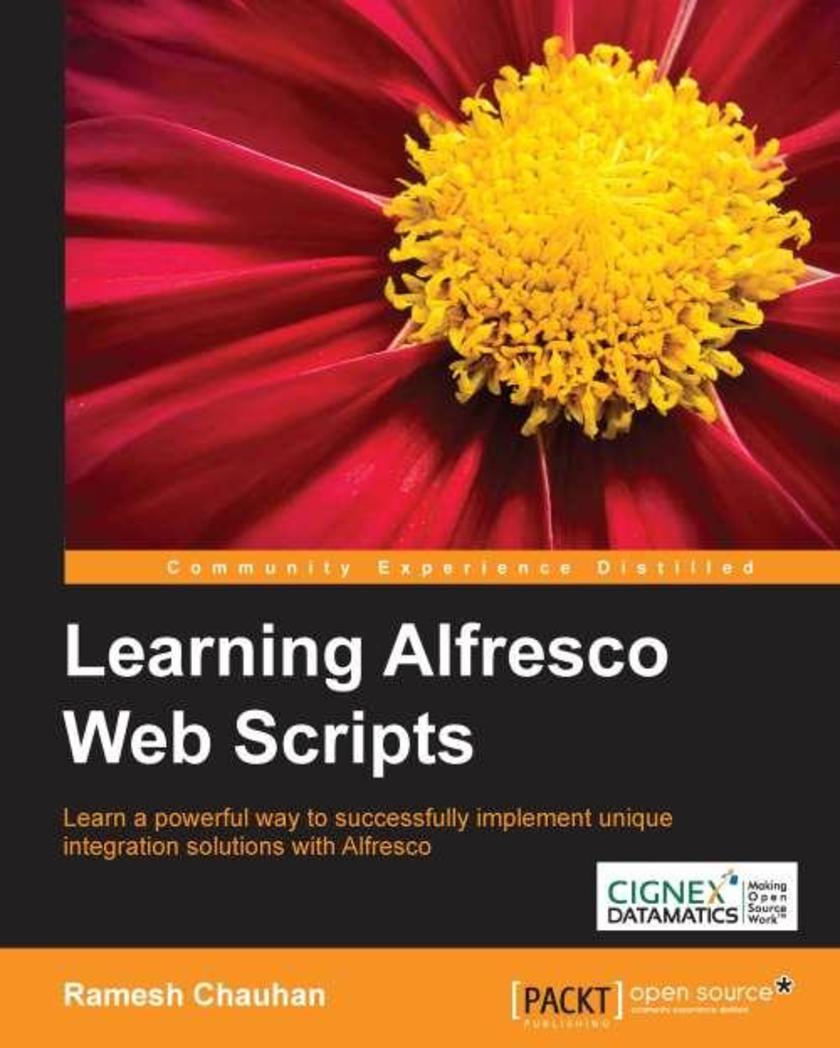
Learning Alfresco Web Scripts
¥54.49
If you are an Alfresco developer who has no experience with web *s and you want to start developing Alfresco web *s, then this book is definitely for you.
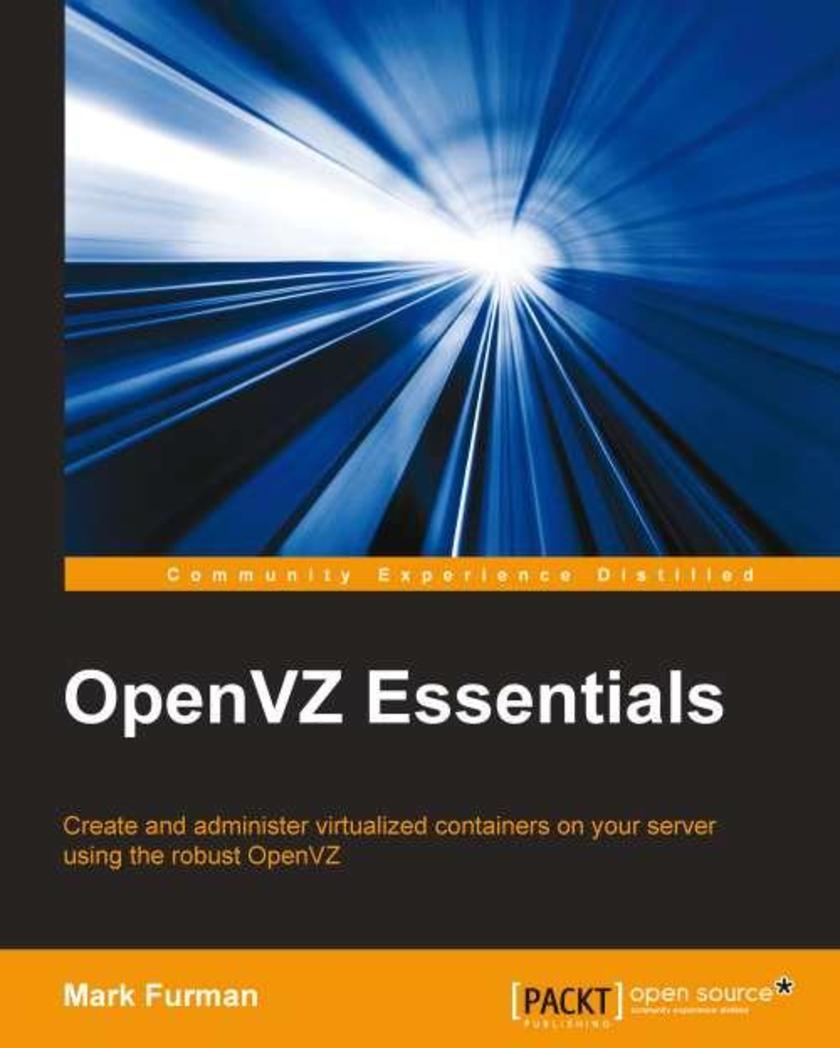
OpenVZ Essentials
¥41.41
If you are a system administrator or Linux professional who wants to learn to set up, install, and manage OpenVZ containers on a server to implement OS-level virtualization, then this book is for you. Along with elementary knowledge of Linux programming, you need to have a conceptual understanding of system components and functions.
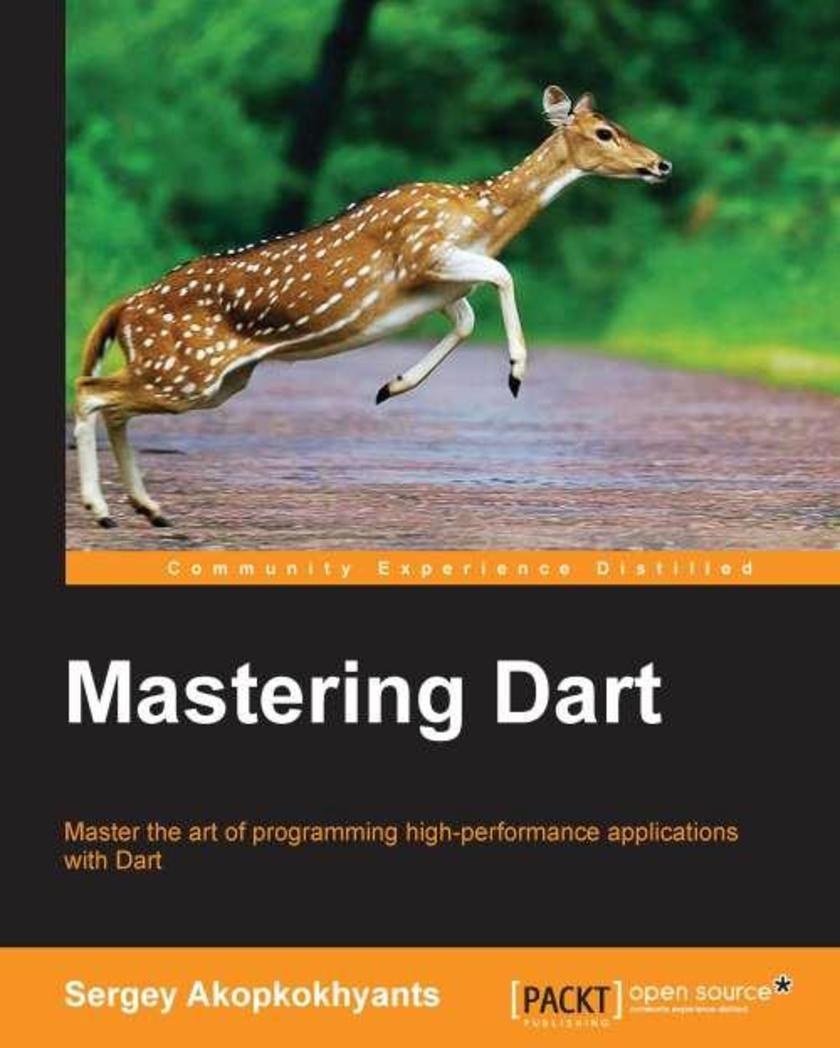
Mastering Dart
¥90.46
If you are an application developer who has experience with Dart and want to develop reusable and robust code in Dart, then this book is for you. You are expected to have a basic knowledge of core elements and applications.
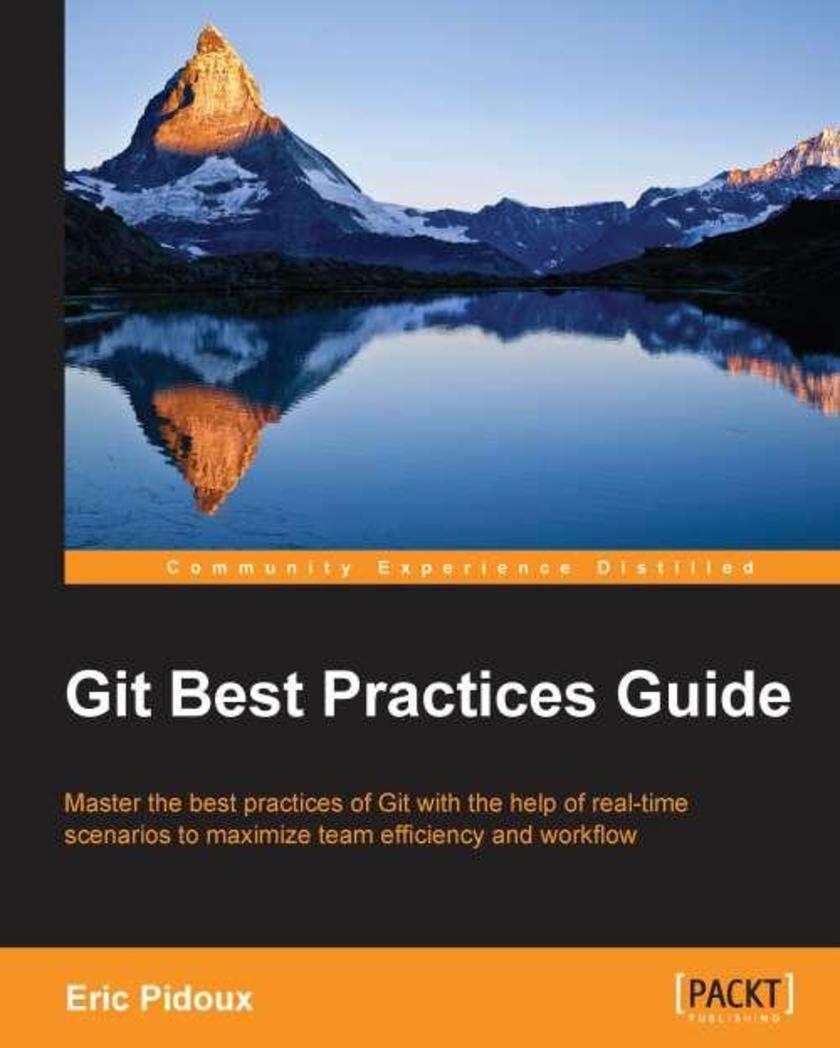
Git Best Practices Guide
¥50.13
If you are a developer and you want to completely master Git without heavy theory, this is the book for you. A reasonable knowledge level and basic understanding of Git concepts will get you started with this book.
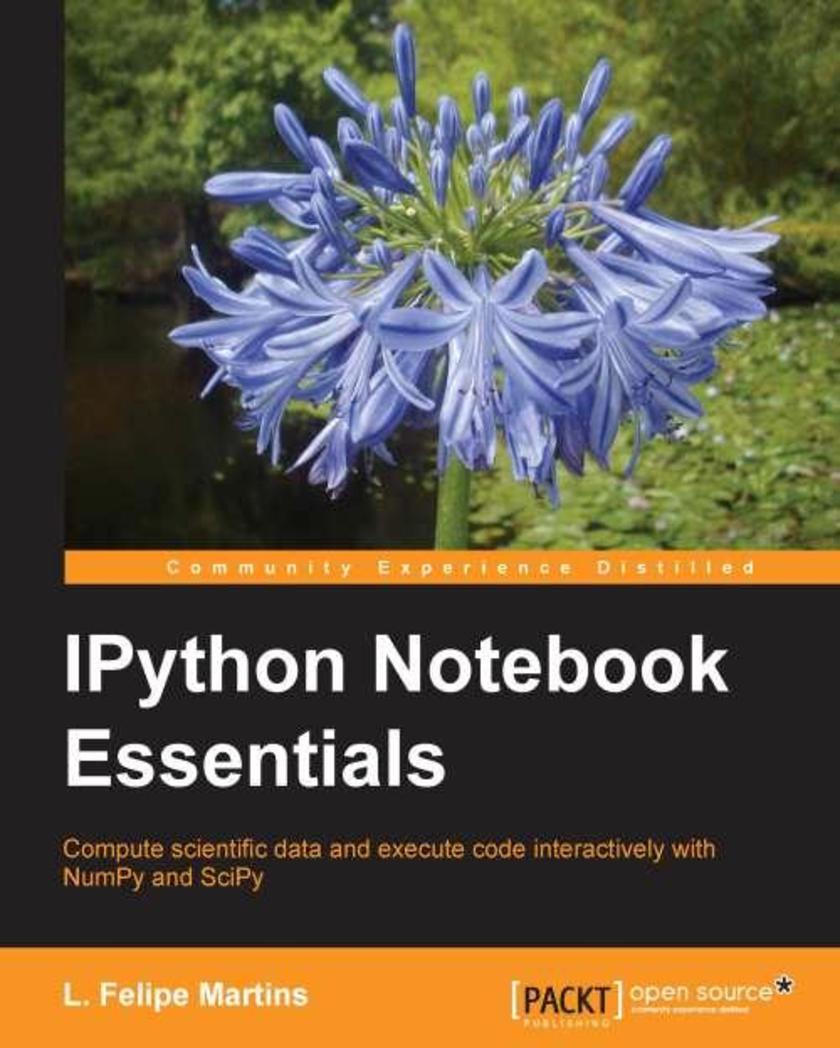
IPython Notebook Essentials
¥63.21
If you are a professional, student, or educator who wants to learn to use IPython Notebook as a tool for technical and scientific computing, visualization, and data analysis, this is the book for you. This book will prove valuable for anyone that needs to do computations in an agile environment.

Mastering JavaScript Design Patterns
¥80.65
If you are a developer interested in creating easily maintainable applications that can grow and change with your needs, then this book is for you. Some experience with JavaScript (not necessarily with entire applications written in JavaScript) is required to follow the examples written in the book.
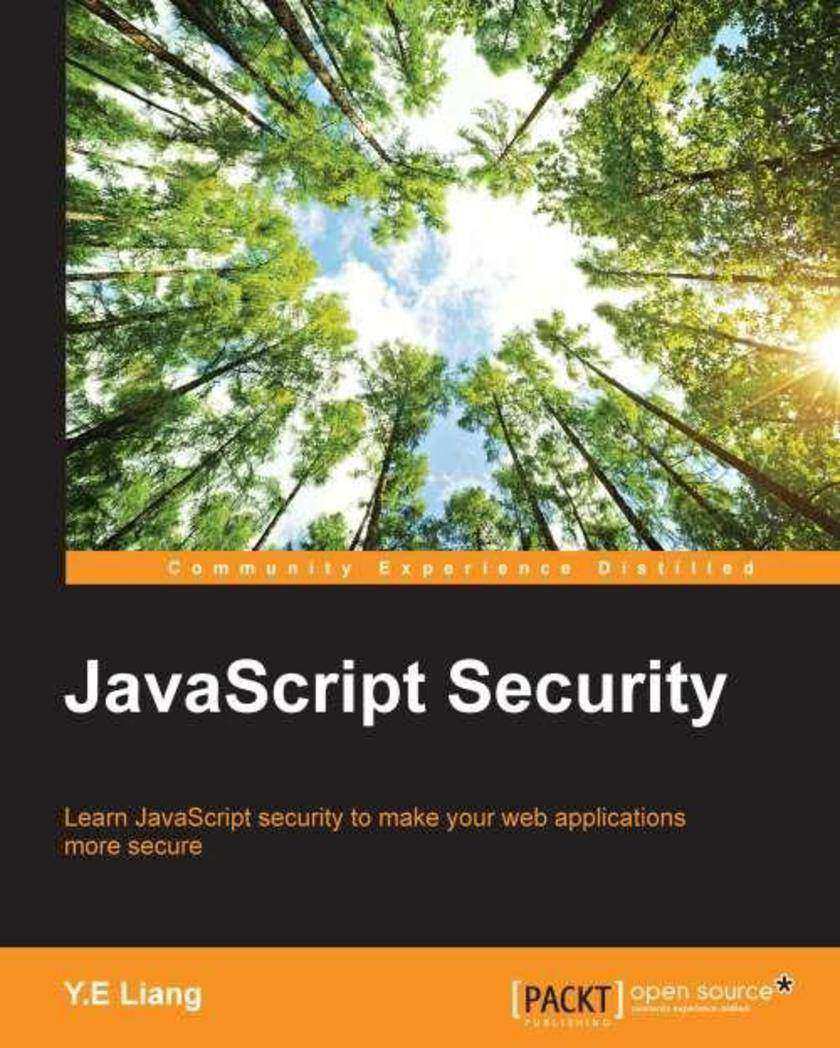
JavaScript Security
¥45.77
This book is for JavaScript developers having basic web development knowledge and also for those who want to explore the security issues that arise from the use of JavaScript. Prior knowledge of how JavaScript is used, such as for DOM manipulation or to perform Ajax operations, is assumed.
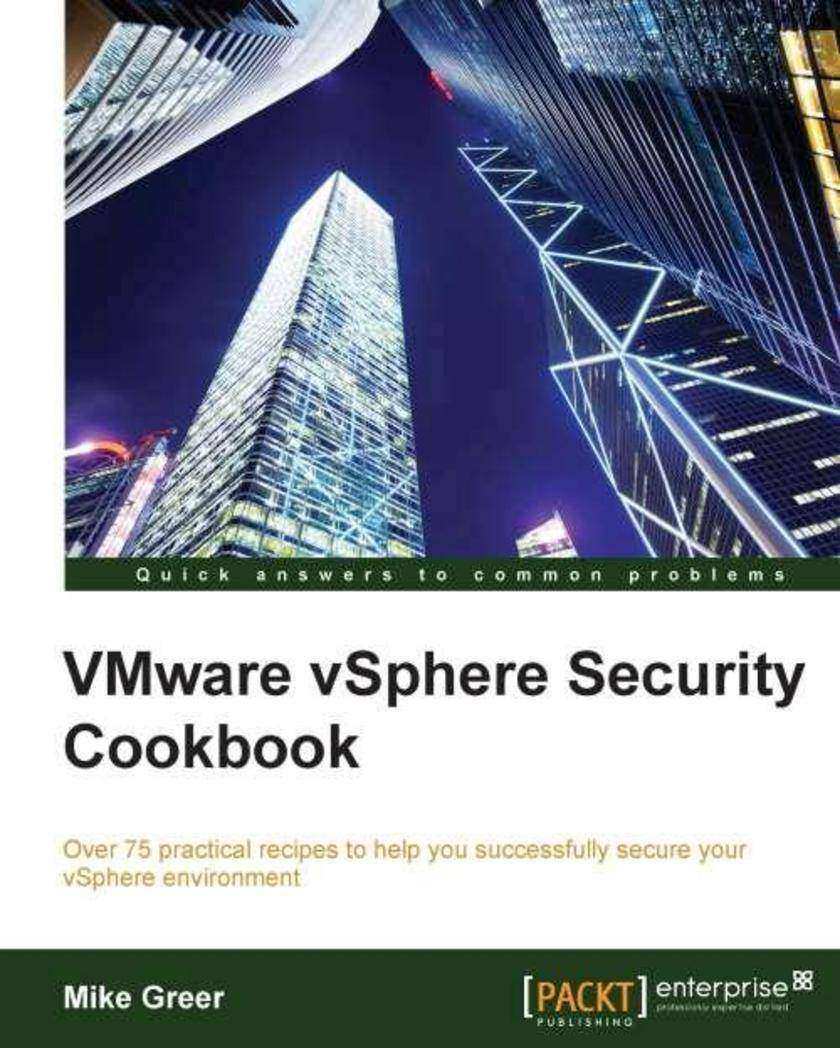
VMware vSphere Security Cookbook
¥107.90
This book is intended for virtualization professionals who are experienced with the setup and configuration of VMware vSphere, but didn't get the opportunity to learn how to secure the environment properly.
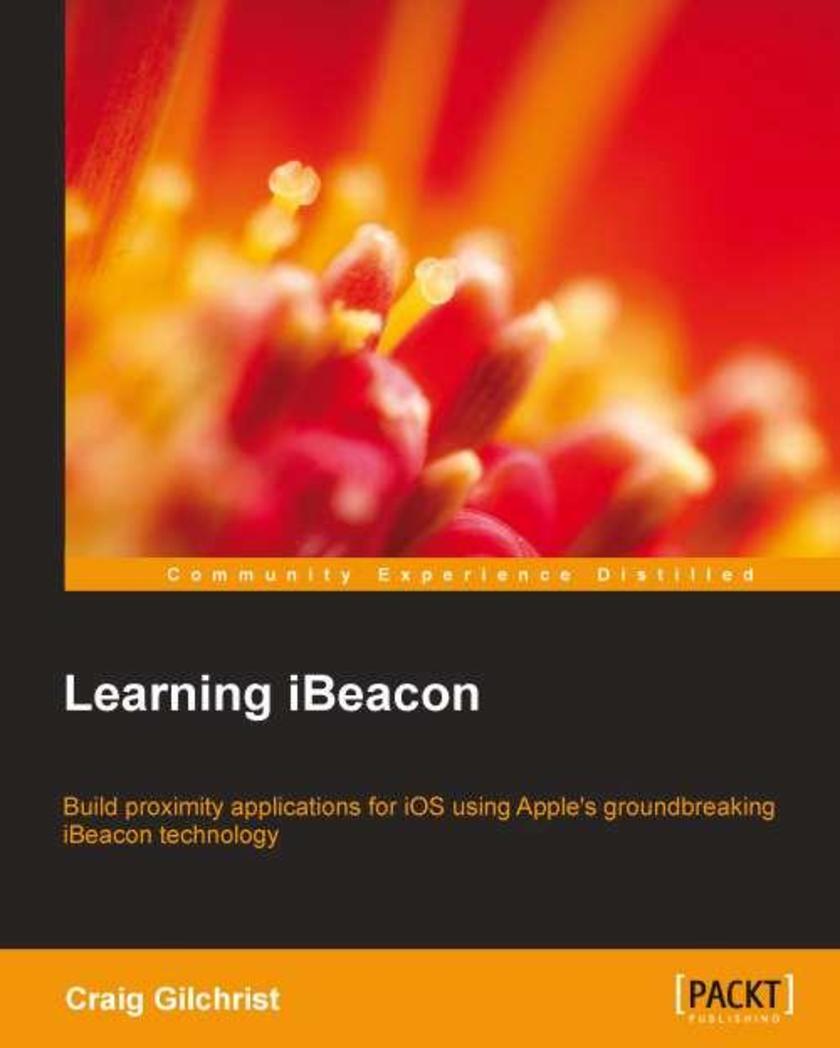
Learning iBeacon
¥54.49
This book is intended for iOS developers who are curious to learn about iBeacon and want to start building applications for iOS. You will gain everything you need to know to master indoor location functionality using Bluetooth beacon technology. No knowledge of iBeacon is assumed.
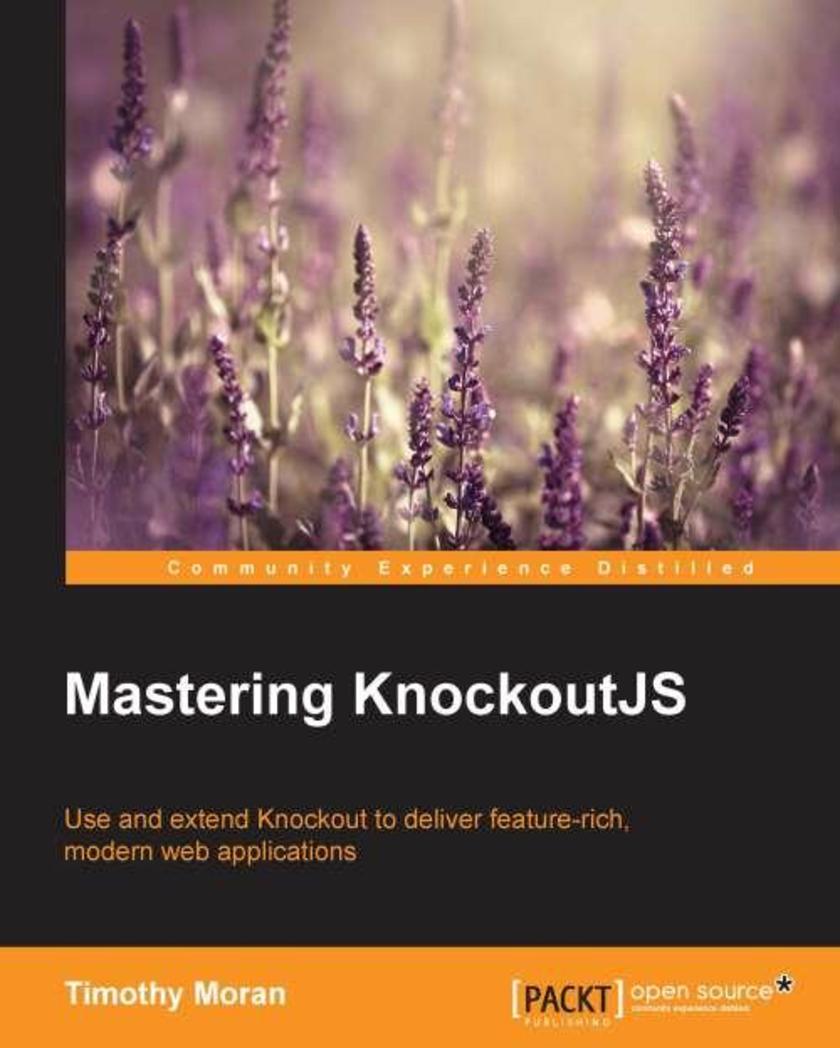
Mastering KnockoutJS
¥90.46
If you are an experienced JavaScript developer who is looking for new tools to build web applications and get an understanding of core elements and applications, this is the book for you. A basic knowledge of DOM, JavaScript, and KnockoutJS is assumed.
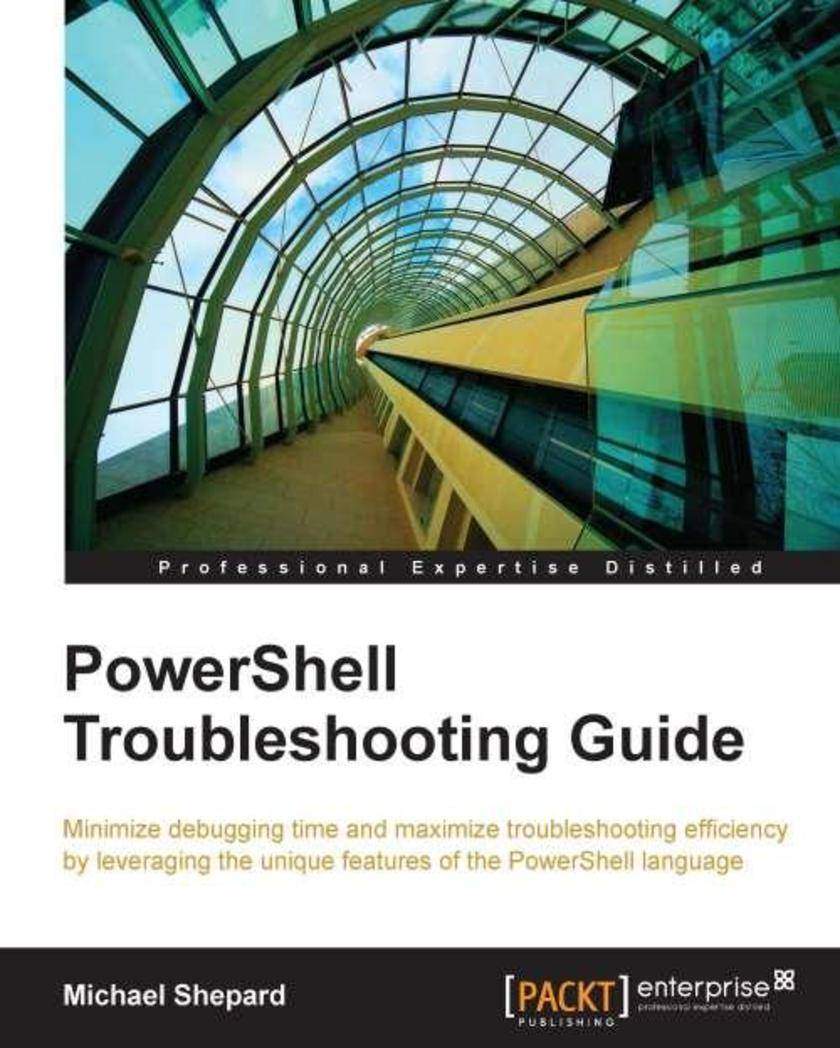
PowerShell Troubleshooting Guide
¥54.49
The techniques in this book apply to beginners who have just started to learn PowerShell, as well as advanced *ers who have a good grasp of the language.
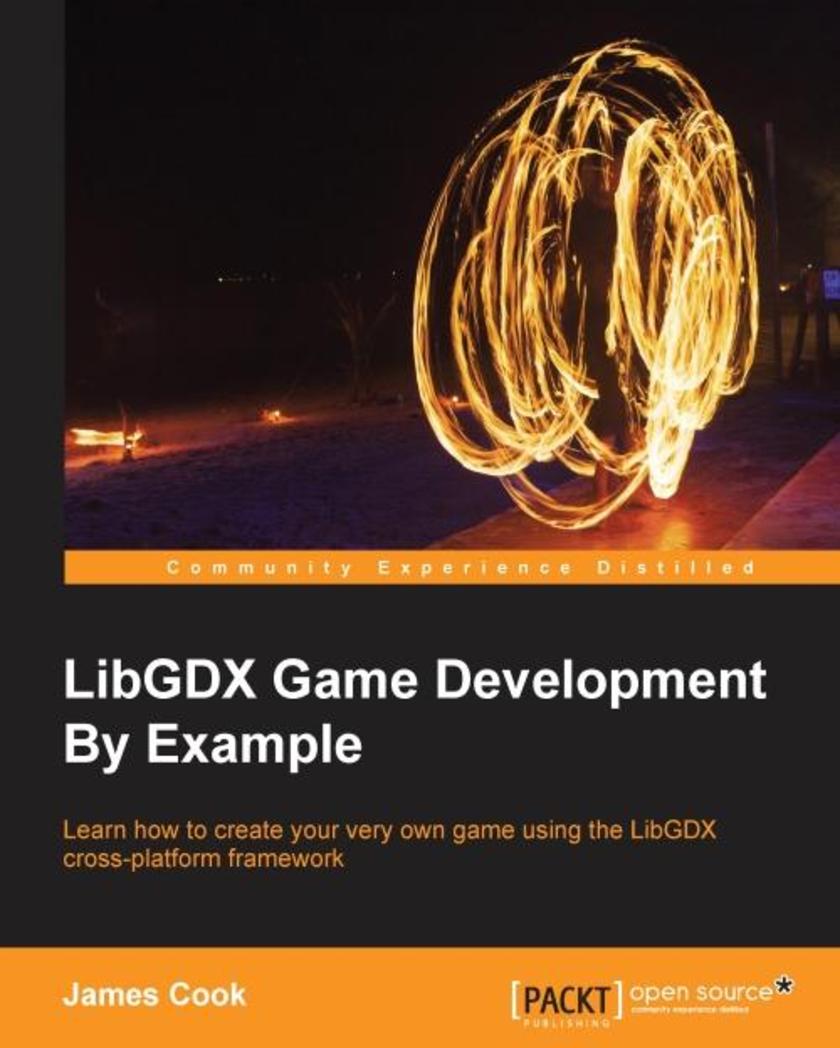
LibGDX Game Development By Example
¥80.65
This book is intended for those who wish to learn the concepts of game development using LibGDX. An understanding of Java and other programming languages would definitely be helpful, although this is not a must.
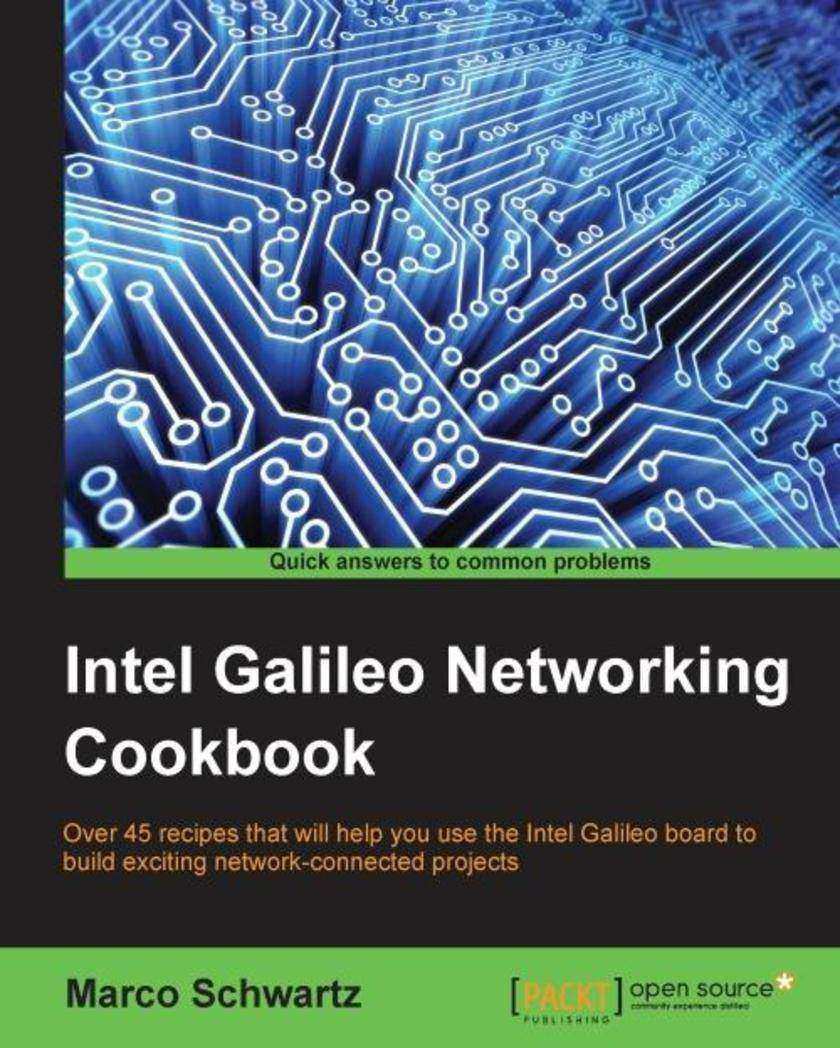
Intel Galileo Networking Cookbook
¥54.49
This book is intended for those who want to build exciting projects using the Intel Galileo board. It is for people who are already experienced in using more classic Arduino boards and want to extend their knowledge to the Intel Galileo board. It is also for people who want to learn about electronics and programming, and Intel Galileo is the perfect platform for this.
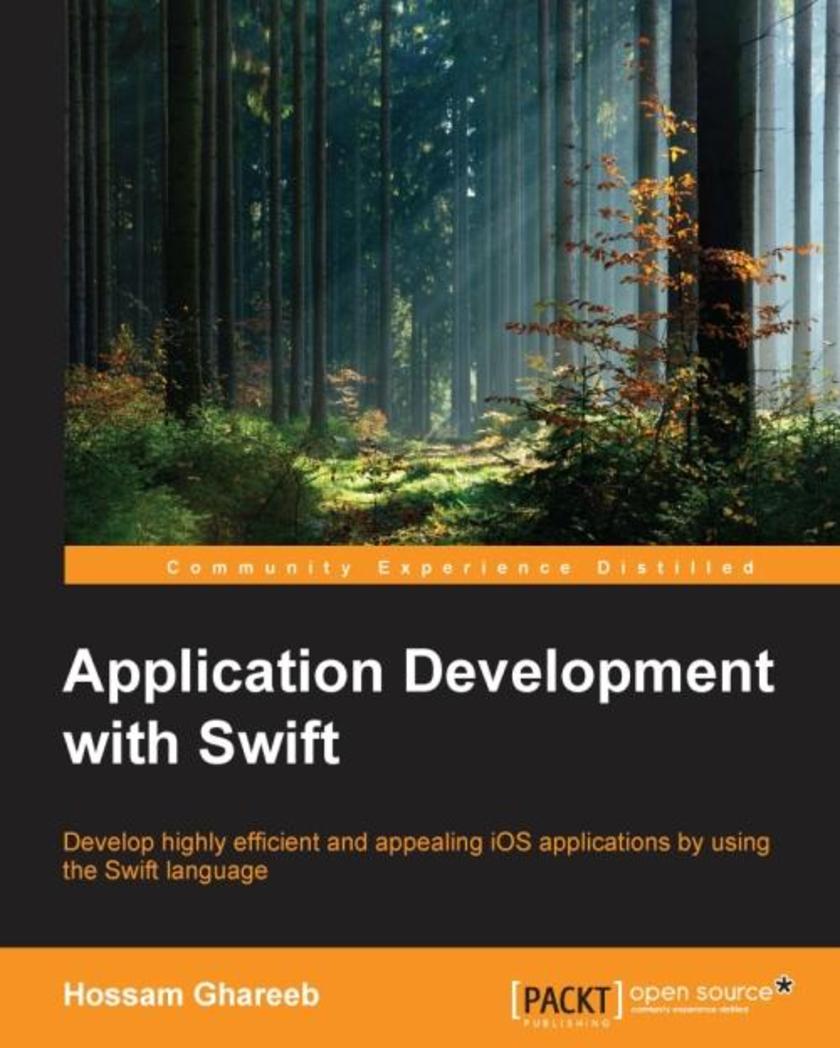
Application Development with Swift
¥63.21
If you are an iOS developer with experience in Objective-C, and wish to develop applications with Swift, then this book is ideal for you. Familiarity with the fundamentals of Swift is an added advantage but not a necessity.
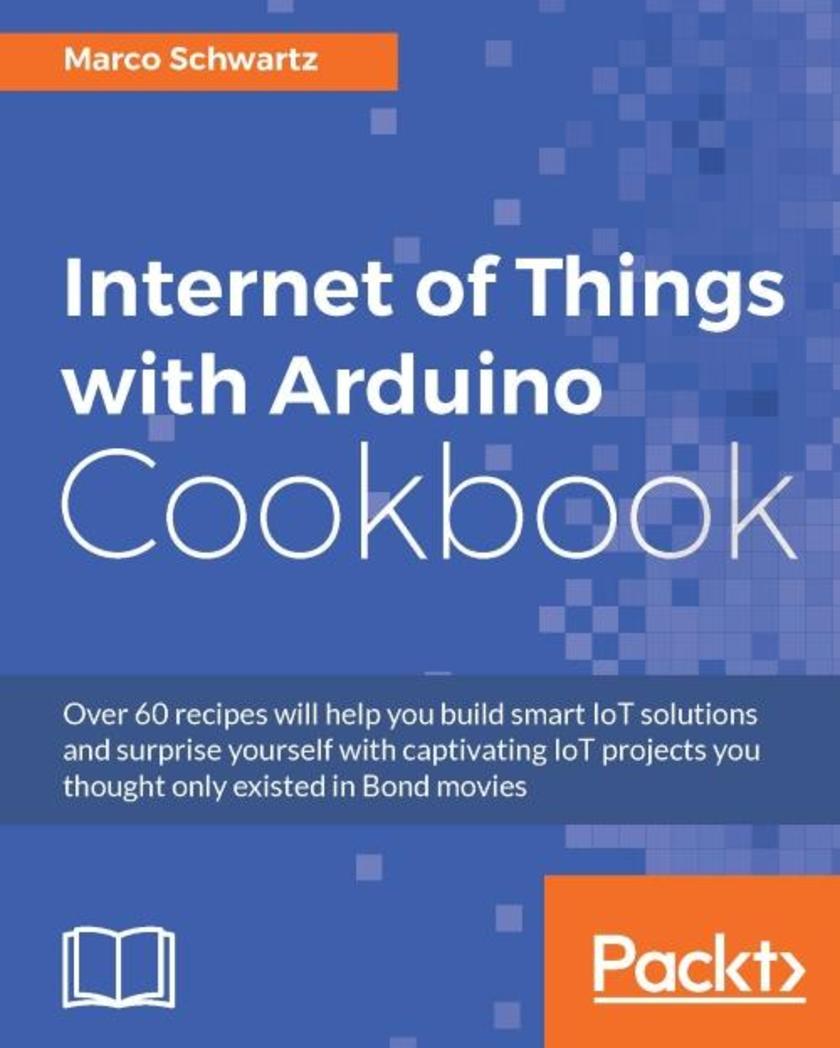
Internet of Things with Arduino Cookbook
¥63.21
Over 60 recipes will help you build smart IoT solutions and surprise yourself with captivating IoT projects you thought only existed in Bond movies About This Book This book offers key solutions and advice to address the hiccups faced when working on Arduino-based IoT projects in the real world Take your existing skills and capabilities to the next level by building challenging IoT applications with ease. Be the tech disruptor you always wanted to be with key recipes that help you solve Arduino IoT related problems smarter and faster. Put IoT to work through recipes on building Arduino-based devices that take control of your home, health, and life! Who This Book Is For This book is primarily for tech enthusiasts and early IoT adopters who would like to make the most of IoT and address the challenges encountered while developing IoT-based applications with Arduino. This book is also good for developers with basic electronics knowledge who need help to successfully build Arduino projects. What You Will Learn Monitor several Arduino boards simultaneously Tweet sensor data directly from your Arduino board Post updates on your Facebook wall directly from your Arduino board Create an automated access control with a fingerprint sensor Control your entire home from a single dashboard Make a GPS tracker that you can track in Google Maps Build a live camera that streams directly from your robot In Detail Arduino is a powerful and very versatile platform used by millions of people around the world to create DIY electronics projects. It can be connected to a wide variety of sensors and other components, making it the ideal platform to build amazing Internet of Things (IoT) projects on—the next wave in the era of computing. This book takes a recipe-based approach, giving you precise examples on how to build IoT projects of all types using the Arduino platform. You will come across projects from several fields, including the popular robotics and home automation domains. Along with being introduced to several forms of interactions within IoT, including projects that directly interact with well-known web services such as Twitter, Facebook, and Dropbox we will also focus on Machine-to-Machine (M2M) interactions, where Arduino projects interact without any human intervention. You will learn to build a few quick and easy-to-make fun projects that will really expand your horizons in the world of IoT and Arduino. Each chapter ends with a troubleshooting recipe that will help you overcome any problems faced while building these projects. By the end of this book, you will not only know how to build these projects, but also have the skills necessary to build your own IoT projects in the future. Style and approach This book takes a recipe-based approach, giving you precise examples on how to build IoT projects using the Arduino platform. You will learn to build fun and easy projects through a task-oriented approach.
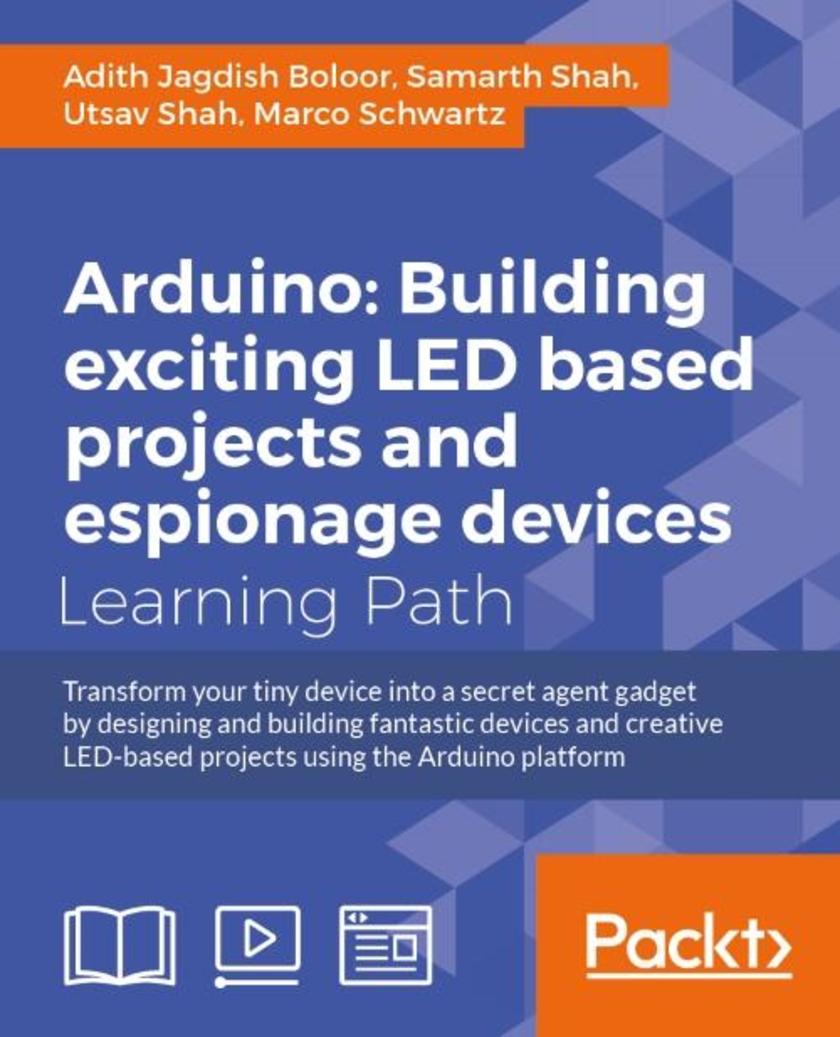
Arduino: Building LED and Espionage Projects
¥125.34
Find out how to transform your Arduino device into an awesome secret agent gadget with this course, taking in everything from robotics to remote control cameras About This Book ?This course won’t just teach you. It will help you apply your knowledge so you can get creative – quickly! ?Find out how to make a computer interact with the real-world – you’ll be learning the basics of IoT without realizing it. ?Robots. A sound controlled Christmas tree. This course proves anything is possible with an Arduino! Who This Book Is For Seeking inspirationThis course will help you get creative with your Arduino quickly. What You Will Learn ?Find out how to explore the full potential of your tiny Arduino ?Find out how to bridge the gap between the real world and software, as you gather and visualize data from the environment ?Create simple servers to allow communication to occur ?Transform your Arduino into a GPS tracker ?Use the Arduino to monitor top secret data ?Build a complete spy robot! In Detail An Arduino might be a tiny computer but it can be used as the foundation for a huge range of projects. In this course, we’ll show you how just some of the projects that are possible with an Arduino. From robotics to secret agent gadgets, we’re pretty confident that this course will get you thinking creatively – and inspire you to create your very own new projects using the Arduino hacking skills you learn. This course, combines both text and video content – it’s made up of three modules to help organize your learning. In the first module we’ll show you how to build three different Arduino projects. All of these will not only get you up and running with something practical, they’ll also help you better understand how the Arduino works. Find out how to develop a home automation system and even build a robot! In the second module we’ll go one step further to help you get creative as you learn how to program LEDs with your Arduino. You’ll find out how to build a mood lamp and a remote-controlled TV backlight, before going on to make a sound controlled LED Christmas tree that makes use of sound visualization. Finally, the third module takes you from stylish design into espionage, as you learn how to create neat secret agent gadgets with your Arduino. Find out how to build an alarm system, a fingerprint sensor, even open a lock with a text message. And that’s not all – but to find out more you’ll have to dive in! This Learning Path combines some of the best that Packt has to offer in one complete, curated package. It includes content from the following Packt products: ● Arduino By Example by Adith Jagadish Boloor ● Arduino BLINK Blueprints by Samarth Shah, Utsav Shah ● Arduino for Secret Agents by Marco Shwartz Style and approach Combining both video and text and built from some of Packt’s very best Arduino content, this course comprises of three modules covering a range of projects. It’s completely focused on helping the user get creative as quickly as possible so they can explore what’s possible with Arduino themselves.
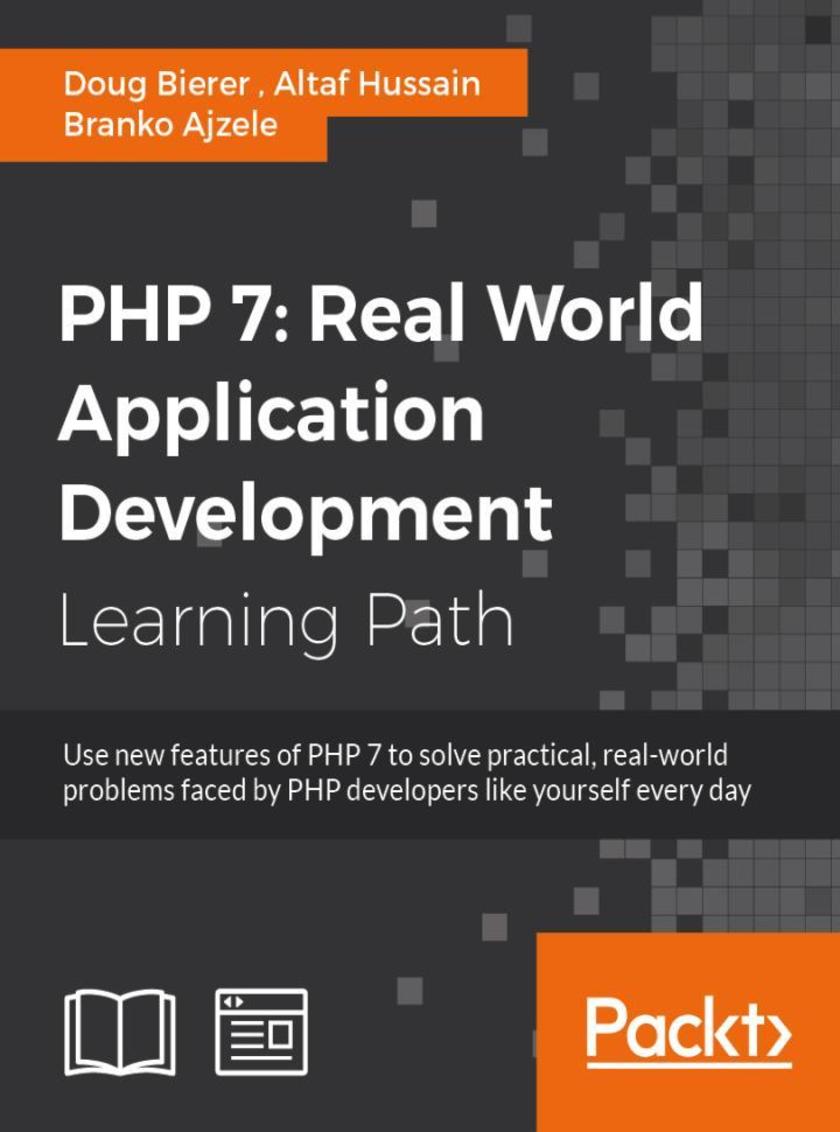
PHP 7: Real World Application Development
¥179.84
Use new features of PHP 7 to solve practical, real-world problems faced by PHP developers like yourself every day. About This Book .This course covers the new features of version 7.x, best practices for server-side programming, and MVC frameworks .Leverage the potential of PHP for server-side programming, memory management, and Object-Oriented Programming to improve your programming productivity .This course also illustrates the development of a complete modular application using PHP 7 in detail Who This Book Is For If you are an aspiring web developer, mobile developer, or back-end programmer, who has basic experience in PHP programming and wants to develop performance-critical applications, then this course is for you. It will take your PHP programming skills to next level. What You Will Learn .Solve practical real-world programming problems using PHP 7 .Discover where and when PHP 5 code needs to be re-written to avoid backwards-compatibility breaks .Use advanced PHP 7 features such as the Abstract Syntax Tree, Uniform Variable Syntax, Scalar Type Hints, Generator Delegation, Anonymous Classes, and the Context Sensitive Lexer .Set up a high performance development and production environment for PHP 7 .Discover new OOP features in PHP 7 to achieve high performance .Discover the new features of PHP 7 that are relevant to modular application development .Explore the ins and outs of the Symfony framework .Build a set of modules based on the Symfony framework that comprise a simple web shop app In Detail PHP is a great language for developing web applications. It is essentially a server-side *ing language. PHP 7 is the latest version, providing major backward-compatibility breaks and focusing on improved performance and speed. This course follows a learning path which is divided into three modules. Each module is a mini course in its own right, taking your basic PHP programing skills to the next level by showing you intermediate to advanced PHP techniques with a focus on PHP 7. This way, get you equipped with the tools and skills required to develop professional and efficient applications for your websites and enterprises. The first module of the book is a programming cookbook that consists over 80 recipes! Each recipe is designed to solve practical, real-world problems faced by PHP developers like yourself every day. This course also covers new ways of writing PHP code made possible only in version 7. The second module of the course is designed to improve the performance and productivity of your application. We’ll introduce you to the concepts of Object-Oriented Programming (OOP) in PHP 7, then shed some light on how to improve the performance of your PHP 7 applications and database. Throughout this module you will be introduced to benchmarking tools. With all important concepts of PHP covered up you will move on to third module. In this module you will gain a deep insight into the modular programming paradigm and how to achieve modularity in your PHP code. Modular design techniques help you build readable, manageable, reusable, and more efficient codes. PHP 7, which is a popular open source *ing language, is used to build modular functions for your software. This Learning Path combines some of the best that Packt has to offer in one complete, curated package. It includes content from the following Packt products: .PHP 7 Programming Cookbook, Doug Bierer .Learning PHP 7 High Performance, Altaf Hussain .Modular Programming with PHP 7, Branko Ajzele Style and approach This book takes a practical, step-by-step approach with real-world examples that serve as building blocks for your application development and guide you through improving the quality of your code.
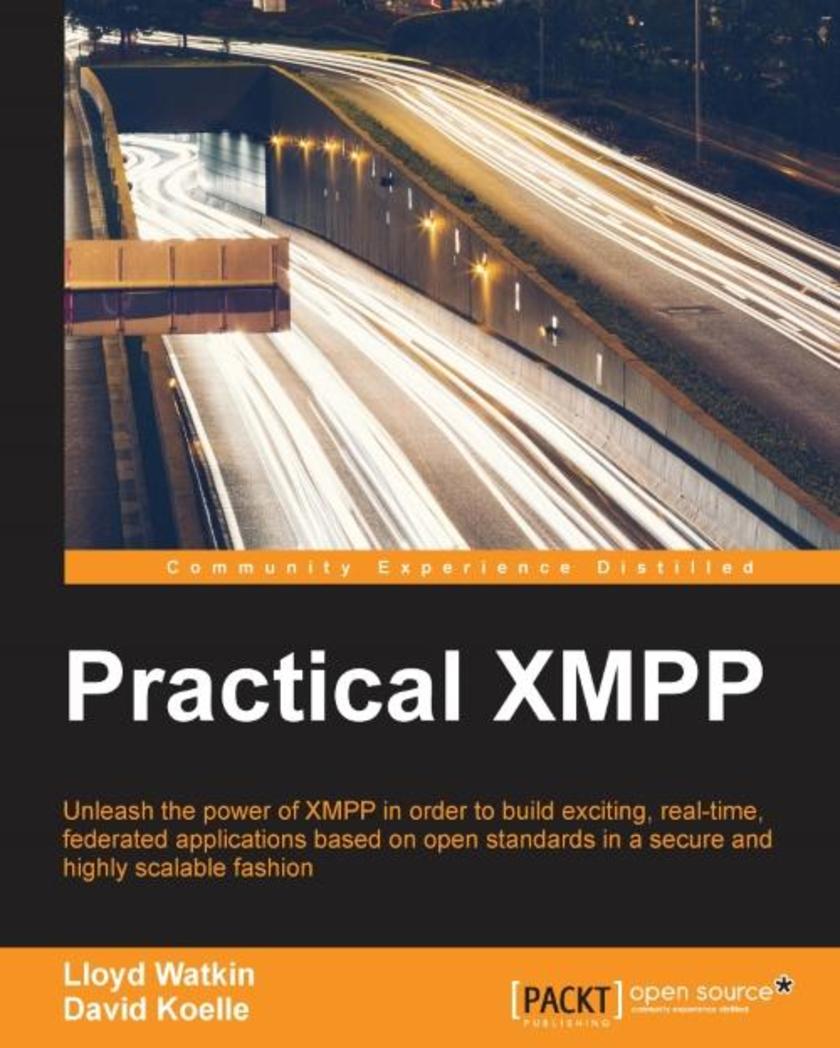
Practical XMPP
¥80.65
Unleash the power of XMPP in order to build exciting, real-time, federated applications based on open standards in a secure and highly scalable fashion About This Book Learn about the fundamentals of XMPP and be able to work with the core functionality both server-side and in the browser Build a simple 1-to-1 chat (the “Hello World” of XMPP), explore multi-user chat, publish subscribe systems, and work with a decentralized social network Author Lloyd Watkins is a member of the XMPP standards committee Who This Book Is For If you want to learn about the fundamentals of XMPP, be able to work with the core functionality both server-side and in the browser then this book is for you.No knowledge of XMPP is required, or of TCP/IP networking. It's important that you already know how to build applications of some form, and are looking get a better understanding of how to implement XMPP for one or more of its many uses. You should be interested in the decentralized web, know HTML, and likely know JavaScript and NodeJS. You will probably know JSON, and hopefully XML (this is the native output of XMPP). What You Will Learn Install and configure an XMPP server and use it to connect from a traditional desktop client and send a message Build a simple server-side application that will respond to messages from our logged in desktop client Install and run XMPP-FTW, connect to the server from the browser, and handle incoming/outgoing messages Connect to a multi-user chat room, send/receive stanzas, add a room password, join a protected room, set the room’s subject, and change a user's affiliation Get to grips with the publish-subscribe extension of XMPP and use it to build a pusher system that can make any website real-time Build a simple XMPP component and create an extension for XMPP-FTW that allows you to use your own custom format Build an XMPP version of the classic game “Pong” In Detail XMPP (eXtensible Messaging and Presence Protocol) is a messaging protocol that enables communication between two or more devices via the Internet. With this book, developers will learn about the fundamentals of XMPP, be able to work with the core functionality both server-side and in the browser, as well as starting to explore several of the protocol extensions. You will not only have a solid grasp of XMPP and how it works, but will also be able to use the protocol to build real-world applications that utilize the power of XMPP. By the end of this book, you will know more about networking applications in general, and have a good understanding of how to extend XMPP, as well as using it in sample applications. Style and approach Through a number of hands-on projects, this book shows you how to build usable applications that highlights a feature of XMPP.
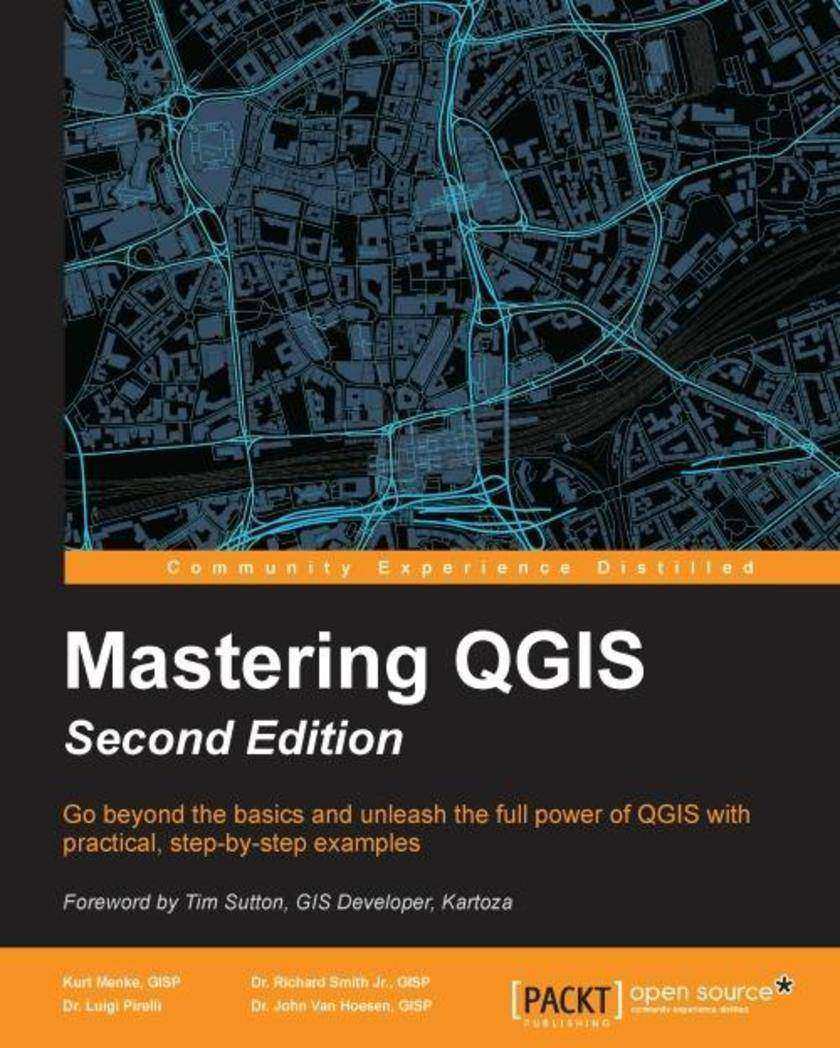
Mastering QGIS - Second Edition
¥99.18
Go beyond the basics and unleash the full power of QGIS with practical, step-by-step examples About This Book This book is your one-stop solution to all of your GIS needs using the open source QGIS Master QGIS by learning about database integration, geoprocessing tools, Python *s, advanced cartography, and custom plugins This example-rich, practical guide will help you create sophisticated analyses and maps Who This Book Is For If you are a GIS professional, a consultant, a student, or perhaps a fast learner who wants to go beyond the basics of QGIS, then this book is for you. It will prepare you to realize the full potential of QGIS. What You Will Learn Create and manage a spatial database Get to know advanced techniques to style GIS data Prepare both vector and raster data for processing Add heat maps, live layer effects, and labels to your maps Master LAStools and GRASS integration with the Processing Toolbox Edit and repair topological data errors Automate workflows with batch processing and the QGIS Graphical Modeler Integrate Python *ing into your data processing workflows Develop your own QGIS plugin In Detail QGIS is an open source solution to GIS. It is widely used by GIS professionals all over the world. It is the leading alternative to the proprietary GIS software. Although QGIS is described as intuitive, it is also by default complex. Knowing which tools to use and how to apply them is essential to producing valuable deliverables on time. Starting with a refresher on the QGIS basics, this book will take you all the way through to creating your first custom QGIS plugin. From the refresher, we will recap how to create, populate, and manage a spatial database. You’ll also walk through styling GIS data, from creating custom symbols and color ramps to using blending modes. In the next section, you will discover how to prepare vector, heat maps, and create live layer effects, labeling, and raster data for processing. You’ll also discover advanced data creation and editing techniques. The last third of the book covers the more technical aspects of QGIS such as using LAStools and GRASS GIS’s integration with the Processing Toolbox, how to automate workflows with batch processing, and how to create graphical models. Finally, you will see how to create and run Python data processing *s and write your own QGIS plugin with pyqgis. By the end of the book, you will understand how to work with all the aspects of QGIS, and will be ready to use it for any type of GIS work. Style and approach This step-by-step comprehensive guide will let you dig your teeth into working with spatial databases, creating your own QGIS plugins, and creating your own custom graphical models.
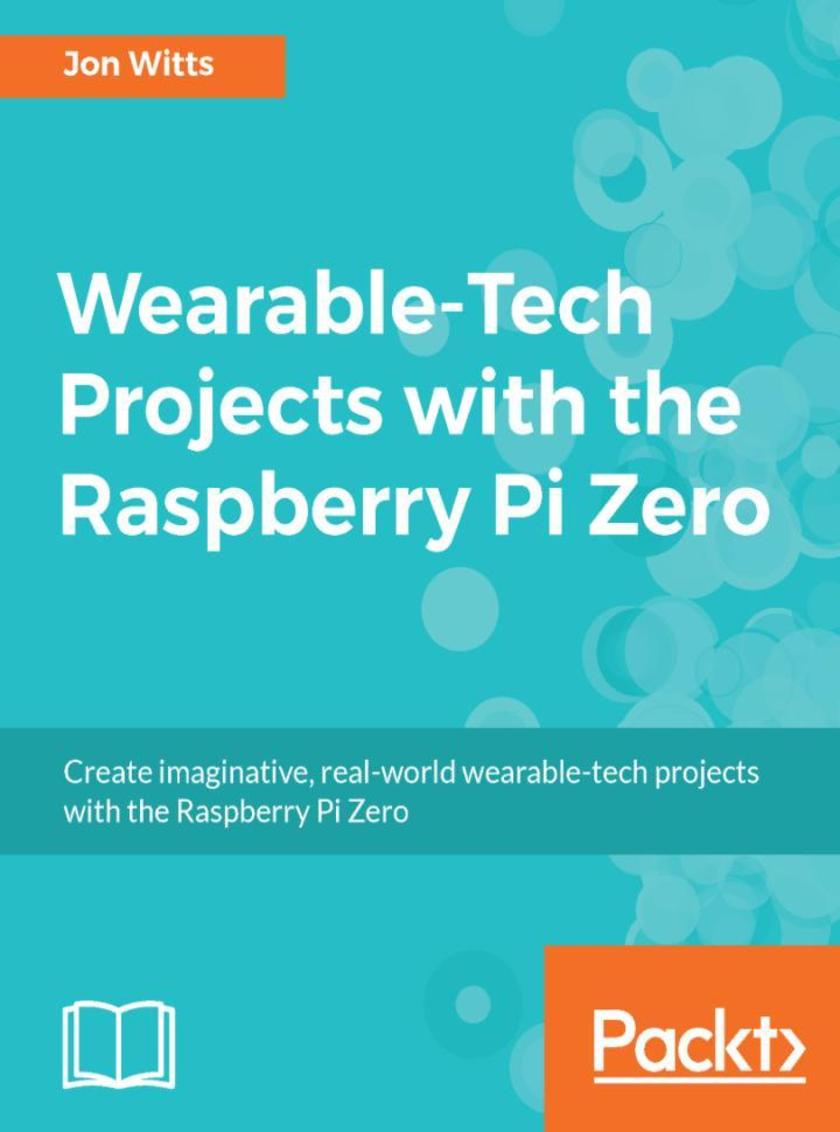
Wearable-Tech Projects with the Raspberry Pi Zero
¥54.49
Leverage the cheapest and smallest computer to build exciting wearable-tech projects. About This Book ? A practical and imaginative guide that exposes you to amazing wearable-tech projects ? Create our own heart-rate monitor device and cool projects such as a Tweet-activated LED T-shirt ? A practical guide packed with real-world, useful wearable-tech projects Who This Book Is For Everyone. While some prior knowledge of Python programming and use of the terminal on the Raspberry Pi would be advantageous, they are by no means necessary. Each chapter clearly sets the steps to be taken on your wearable-tech adventure. The first chapter assumes no prior knowledge to get your Pi Zero and you, up and running. The complexity of the electronic devices used, progress incrementally as you work through the chapters; there are clear steps to follow and pictures to help you at every turn along the way. What You Will Learn ? Make use of your Raspberry Pi Zero to create wearable-tech projects ? Interface with electronic devices and use Python to control them; incorporate these into real-world, practical, wearable-tech projects ? Add LED devices to clothing and connect them to your Pi Zero ? Change how LEDs react based upon your movement or messages sent through Twitter ? Create a pedometer and heart rate monitor ? Create your own GPS tracker In Detail With Wearable-Tech Projects with the Raspberry Pi Zero, you will begin with learning how to install the required software for your upcoming projects. You will also learn how to control electronic devices with the GPIOZero Python library. Next, you will be creating some stylish wearable-tech projects such as a motion-reactive LED cap and a Tweet-activated LED T-shirt. Toward the end of the book, you will be creating some useful health and fitness wearable-tech projects; these will help you monitor your heart rate, track your movements with GPS, and count your footsteps with your own pedometer. By the end of the book, you will have created a range of wearable-tech projects and learned enough about your Raspberry Pi Zero that you should be able to adapt these projects further or come up with your own creations! Style and approach This book showcases interesting and cool projects that use the Raspberry Pi Zero in wearable-tech. This book is for readers who are looking to progress to the next level of integrating hardware into their projects. Upon completion of each project, you will have a functional device that can be worn either to enhance your style or to provide you with practical data.
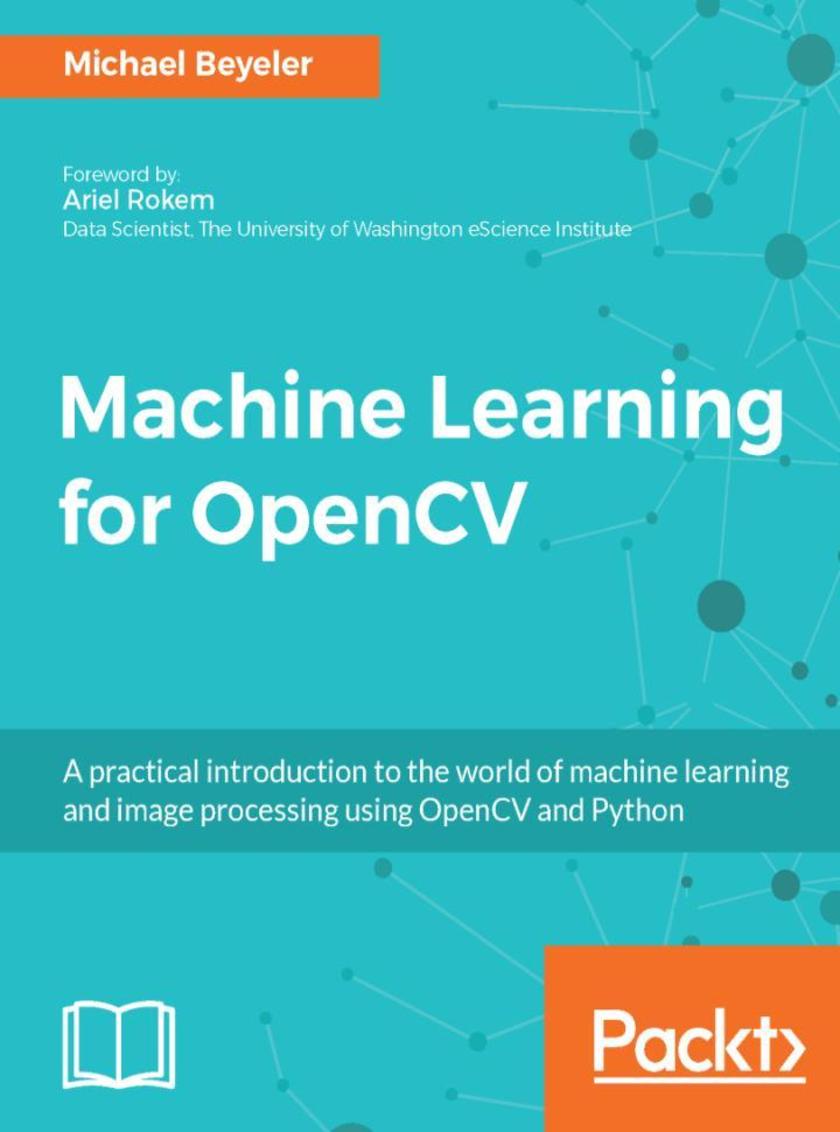
Machine Learning for OpenCV
¥90.46
Expand your OpenCV knowledge and master key concepts of machine learning using this practical, hands-on guide. About This Book ? Load, store, edit, and visualize data using OpenCV and Python ? Grasp the fundamental concepts of classification, regression, and clustering ? Understand, perform, and experiment with machine learning techniques using this easy-to-follow guide ? Evaluate, compare, and choose the right algorithm for any task Who This Book Is For This book targets Python programmers who are already familiar with OpenCV; this book will give you the tools and understanding required to build your own machine learning systems, tailored to practical real-world tasks. What You Will Learn ? Explore and make effective use of OpenCV's machine learning module ? Learn deep learning for computer vision with Python ? Master linear regression and regularization techniques ? Classify objects such as flower species, handwritten digits, and pedestrians ? Explore the effective use of support vector machines, boosted decision trees, and random forests ? Get acquainted with neural networks and Deep Learning to address real-world problems ? Discover hidden structures in your data using k-means clustering ? Get to grips with data pre-processing and feature engineering In Detail Machine learning is no longer just a buzzword, it is all around us: from protecting your email, to automatically tagging friends in pictures, to predicting what movies you like. Computer vision is one of today's most exciting application fields of machine learning, with Deep Learning driving innovative systems such as self-driving cars and Google’s DeepMind. OpenCV lies at the intersection of these topics, providing a comprehensive open-source library for classic as well as state-of-the-art computer vision and machine learning algorithms. In combination with Python Anaconda, you will have access to all the open-source computing libraries you could possibly ask for. Machine learning for OpenCV begins by introducing you to the essential concepts of statistical learning, such as classification and regression. Once all the basics are covered, you will start exploring various algorithms such as decision trees, support vector machines, and Bayesian networks, and learn how to combine them with other OpenCV functionality. As the book progresses, so will your machine learning skills, until you are ready to take on today's hottest topic in the field: Deep Learning. By the end of this book, you will be ready to take on your own machine learning problems, either by building on the existing source code or developing your own algorithm from scratch! Style and approach OpenCV machine learning connects the fundamental theoretical principles behind machine learning to their practical applications in a way that focuses on asking and answering the right questions. This book walks you through the key elements of OpenCV and its powerful machine learning classes, while demonstrating how to get to grips with a range of models.




 购物车
购物车 个人中心
个人中心



